How to Make Your Own Moon Rocks at Home
Moon rocks represent the pinnacle of cannabis craftsmanship, combining the best elements of flower, concentrate, and kief into a single, incredibly potent product. These celestial creations have captured the attention of enthusiasts worldwide, offering an experience that's truly out of this world. Whether you're interested in CBD moon rocks, THCA moon rocks, or exploring the craft of making them yourself, this comprehensive guide will take you through everything you need to know about these remarkable products.
What Are Moon Rocks?
Moon rocks are premium cannabis products that consist of three main components: high-quality flower buds, cannabis concentrate (such as hash oil, rosin, or wax), and a generous coating of kief. The result is a product that can contain THC or CBD levels significantly higher than traditional flower alone. The name "moon rocks" comes from their distinctive appearance – they look like small, cratered rocks from outer space, covered in a dusty, crystalline coating that resembles lunar dust.
The concept of moon rocks has evolved significantly since their inception. Originally popularized in California's cannabis scene, they've now become a staple in dispensaries and hemp shops across legal markets. Today's market offers various types, including hemp moon rocks that comply with federal hemp regulations, THCA moon rocks that provide potent effects through decarboxylation, and specialty varieties like Gorilla Glue moon rocks that showcase specific strain characteristics.
The Science Behind Moon Rocks
Understanding the science behind moon rocks helps explain why they're so potent and popular. The three-layer construction serves multiple purposes beyond just increasing potency. The concentrate acts as both an adhesive and a potency booster, while the kief coating provides additional cannabinoids and terpenes that enhance both flavor and effects.
When you consume moon rocks, you're experiencing what's known as the "entourage effect" in its most concentrated form. This phenomenon occurs when multiple cannabis compounds work together synergistically, potentially creating effects that are greater than the sum of their parts. The flower provides the base cannabinoid profile and terpenes, the concentrate adds concentrated cannabinoids, and the kief contributes additional trichomes loaded with various compounds.
THCA moon rocks are particularly interesting from a scientific standpoint. THCA (tetrahydrocannabinolic acid) is the non-psychoactive precursor to THC. When heated through smoking, vaping, or cooking, THCA converts to THC through a process called decarboxylation. This means that the strongest THCA moon rocks can provide incredibly potent effects once activated, while remaining federally compliant in their raw form in many jurisdictions.
Types of Moon Rocks Available
The moon rock market has diversified considerably, offering options for various preferences and legal requirements. CBD moon rocks cater to users seeking therapeutic benefits without psychoactive effects. These products typically feature high-CBD flower coated with CBD concentrate and CBD-rich kief, creating a product that can provide relaxation, pain relief, and other wellness benefits without the high associated with THC.
THCA moon rocks occupy a unique space in the market. Since THCA is non-psychoactive in its raw form, these products can often be sold in areas where traditional THC products cannot. However, they transform into potent THC products when heated, making them popular among experienced users seeking maximum potency.
Strain-specific varieties like Gorilla Glue moon rocks showcase the characteristics of popular cannabis strains. Gorilla Glue, known for its sticky resin production and potent effects, makes an excellent base for moon rocks. The strain's natural stickiness helps the concentrate adhere better, while its robust terpene profile contributes to the final product's flavor and effects.
Specialty varieties like pink moon rocks often feature unique strains with distinctive colors or flavor profiles. These products appeal to connoisseurs who appreciate both potency and aesthetic appeal. The pink coloration might come from specific strains with naturally pinkish hues or from particular processing techniques that preserve or enhance color.
The Manufacturing Process
Professional moon rock production is a precise art that requires skill, quality materials, and attention to detail. The process begins with selecting premium flower buds. Manufacturers typically choose dense, well-cured buds with good structure that can support the additional weight of concentrate and kief without crumbling.
The concentrate selection is equally crucial. Different types of concentrates produce different results. Hash oil creates a smooth, even coating but can be messy to work with. Rosin provides excellent flavor preservation and is solvent-free, making it popular for premium products. Wax offers good adhesion properties and is easier to work with than some liquid concentrates.
The application process requires precision and experience. The concentrate must be warmed to the right consistency – tacky enough to adhere properly but not so liquid that it drips off or pools at the bottom of the bud. Professional manufacturers often use specialized equipment to maintain consistent temperatures and ensure even coating.
Kief application is the final step in creating moon rocks THC or CBD varieties. The kief must be dry and properly sifted to ensure even coverage. Too much moisture in the kief can lead to clumping, while overly dry kief might not adhere properly. The rolling process requires gentle handling to ensure complete coverage without damaging the underlying flower structure.
Quality control throughout the manufacturing process is essential. Professional producers test their starting materials and finished products to ensure consistent potency, verify the absence of contaminants, and confirm compliance with local regulations. This is particularly important for THCA moon rocks wholesale operations that need to maintain consistent quality across large batches.
Making Moon Rocks at Home
Crafting moon rocks at home can be a fun project for enthusiasts comfortable with concentrates. You'll need hemp flower, a concentrate like THCA wax, and kief. Lightly coat the flower in warmed concentrate and roll it in kief for a potent end product. Opt for Sour Hawaiian Haze CBD or another flavorful strain to elevate the taste. Make sure all materials are lab-tested to ensure safety and purity.
The home production process requires patience and the right materials. Start by gathering your supplies: high-quality flower buds, your chosen concentrate, kief, and basic tools like tweezers or small tongs for handling. A small heat source for warming the concentrate is also helpful – many home producers use a hair dryer on low heat or place the concentrate container in warm water.
Temperature control is crucial when making homemade moon rocks. The concentrate should be warm enough to be tacky and spreadable but not hot enough to damage the flower's trichomes or terpenes. Most concentrates work best when slightly above room temperature – warm to the touch but not hot.
When applying the concentrate, work systematically around the bud, ensuring even coverage without oversaturating any area. Too much concentrate can make the final product difficult to break apart and consume, while too little won't provide adequate adhesion for the kief coating.
The kief rolling process requires a gentle touch and even distribution. Place the coated bud in a container with kief and roll it carefully, ensuring complete coverage. Some home producers use a small brush to gently pat kief into areas that might not have received adequate coverage during rolling.
Proper drying is essential for homemade moon rocks. The finished products should be placed on a drying rack or parchment paper in a cool, dry area with good air circulation. Avoid direct sunlight or heat sources that might degrade cannabinoids or terpenes. The drying process typically takes 24-48 hours, depending on environmental conditions and the amount of concentrate used.
Quality Control and Testing
Professional moon rock production involves rigorous quality control measures to ensure product safety, potency, and consistency. Testing begins with the raw materials – flower, concentrate, and kief all undergo laboratory analysis to verify cannabinoid content, check for pesticides, heavy metals, and microbials, and confirm compliance with local regulations.
Potency testing is particularly important for moon rocks due to their multi-layered construction. The final product's cannabinoid profile depends on the combination of all three components, and variations in any layer can significantly impact the overall potency. Professional producers conduct batch testing to ensure consistency and provide accurate labeling for consumers.
Contamination testing is crucial for consumer safety. Cannabis products can potentially contain harmful substances from various sources – pesticides used during cultivation, residual solvents from concentrate production, or microbial contamination from improper storage or handling. Comprehensive testing screens for these potential hazards to ensure product safety.
For THCA moon rocks wholesale operations, consistent quality control becomes even more critical. Wholesale buyers depend on reliable potency and quality across batches, and any inconsistencies can impact business relationships and regulatory compliance.
Legal Considerations and Compliance
The legal landscape surrounding moon rocks varies significantly depending on location and the specific cannabinoids involved. Hemp moon rocks made from federally compliant hemp (containing less than 0.3% Delta-9 THC) are legal under federal law in the United States, though individual states may have additional restrictions.
THCA moon rocks occupy a particularly complex legal space. While THCA itself is not scheduled under federal law and is present in legal hemp, the potential for conversion to THC through decarboxylation creates regulatory challenges. Some jurisdictions treat THCA products similarly to hemp, while others regulate them as marijuana products.
For businesses involved in THCA moon rocks wholesale, understanding and complying with all applicable regulations is essential. This includes proper licensing, testing requirements, packaging and labeling standards, and transportation regulations. Many wholesale operations work closely with compliance consultants and attorneys to navigate the complex regulatory environment.
The interstate transport of moon rocks requires careful attention to the laws in both origin and destination states. Products that are legal in one state may be prohibited in another, and transportation through states with different laws can create additional complications.
Storage and Preservation
Proper storage is crucial for maintaining the quality and potency of moon rocks over time. The multi-layered construction makes them more susceptible to certain types of degradation than simple flower products. The concentrate layer can become too hard or too soft depending on temperature, while the kief coating can fall off if handled improperly.
Temperature control is essential for long-term storage. Moon rocks should be kept in a cool, stable environment, typically between 60-70°F (15-21°C). Extreme temperatures can cause the concentrate to become brittle and crack, leading to kief loss, or become too soft and sticky, making the product difficult to handle.
Humidity control is equally important. Too much moisture can lead to mold growth, particularly problematic given the dense construction of moon rocks that can trap moisture. Too little humidity can cause the flower to become overly dry and brittle, leading to structural integrity issues. The ideal relative humidity for moon rock storage is typically between 55-65%.
Light exposure should be minimized to prevent degradation of cannabinoids and terpenes. UV light can break down THC and other compounds over time, reducing potency and altering flavor profiles. Dark storage containers or areas are recommended for long-term preservation.
Air exposure should also be limited through the use of airtight containers. Oxygen can cause oxidation of cannabinoids and terpenes, leading to degradation of both potency and flavor. Vacuum sealing or the use of inert gas storage systems can further extend shelf life for commercial operations.
Consumption Methods and Best Practices
Moon rocks require special consideration when it comes to consumption methods due to their construction and potency. The combination of flower, concentrate, and kief creates unique challenges and opportunities for different consumption approaches.
Smoking moon rocks requires careful preparation and technique. The product should be broken apart gently to preserve the kief coating while creating pieces suitable for smoking. Many users mix moon rock pieces with regular flower to improve burning characteristics and make the product easier to handle. The high concentrate content can make pure moon rocks difficult to keep lit and may produce harsh smoke.
Vaporization offers advantages for moon rock consumption, allowing users to experience the full terpene profile while avoiding combustion byproducts. However, the concentrate content can pose challenges for some vaporizer designs. Devices designed for concentrates or those with robust heating systems tend to work better than basic flower vaporizers.
When consuming the strongest THCA moon rocks, users should be particularly cautious about dosing. The high potency can lead to unexpectedly intense effects, especially for users accustomed to regular flower products. Starting with very small amounts and waiting to assess effects before consuming more is strongly recommended.
For CBD moon rocks, consumption timing and method can impact the therapeutic benefits. Some users find that vaporization provides faster onset for acute symptoms, while smoking may provide longer-lasting effects for chronic conditions.
Market Trends and Future Developments
The moon rock market continues to evolve as consumer preferences change and new technologies emerge. Automation in production processes is helping manufacturers achieve greater consistency while reducing costs, potentially making premium products more accessible to a broader market.
Innovation in concentrate production is driving improvements in moon rock quality. New extraction methods produce cleaner, more flavorful concentrates that enhance the final product's overall experience. Live resin and live rosin concentrates are becoming increasingly popular for premium moon rock production due to their superior terpene preservation.
The THCA moon rocks wholesale market is experiencing significant growth as retailers recognize consumer demand for high-potency products. This growth is driving investment in production capabilities and quality control systems to meet wholesale volume requirements while maintaining quality standards.
Customization is becoming increasingly important in the market. Consumers are seeking products tailored to specific effects, flavors, or cannabinoid profiles. This trend is driving the development of specialized varieties like pink moon rocks and strain-specific options like Gorilla Glue moon rocks.
Summary
Creating high-quality moon rocks requires skill, premium materials, and attention to detail at every step of the process. Whether produced professionally or crafted at home, these potent products represent the convergence of flower, concentrate, and kief into something greater than the sum of their parts. From CBD moon rocks offering therapeutic benefits to THCA moon rocks providing potent effects, the variety available today ensures options for every preference and legal requirement.
The manufacturing process combines art and science, requiring precise temperature control, quality material selection, and careful handling techniques. Professional producers invest heavily in quality control and testing to ensure product safety and consistency, while home enthusiasts can create satisfying products with patience and proper technique.
As the market continues to evolve, moon rocks are likely to become even more sophisticated, with improved production methods, enhanced quality control, and innovative new varieties. Whether you're interested in hemp moon rocks for wellness purposes or the strongest THCA moon rocks for experienced users, understanding how these remarkable products are made enhances appreciation for their craftsmanship and complexity.
Key Takeaways:
- Homemade moon rocks require THCA or CBD flower, concentrate, and kief.
- Warm the concentrate CBD or THCA just enough to make it tacky.
- Roll the sticky THCA flower in kief evenly.
- Let them dry thoroughly to avoid mold.
- Professional production involves rigorous quality control and testing procedures.
- Proper storage is essential for maintaining potency and preventing degradation.
- Different consumption methods offer varying experiences and benefits.
- The market continues to evolve with new varieties and improved production techniques.

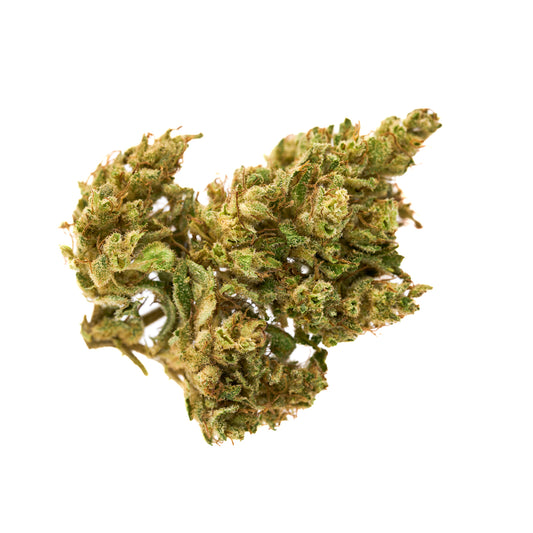
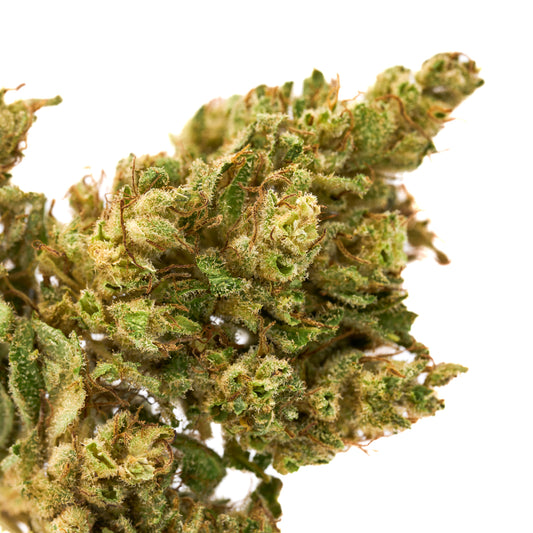
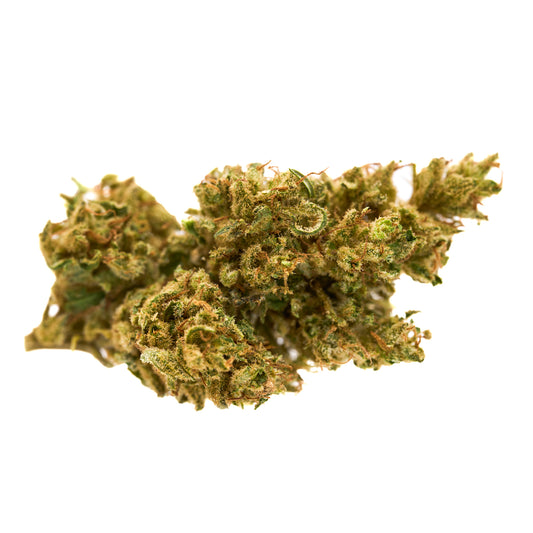
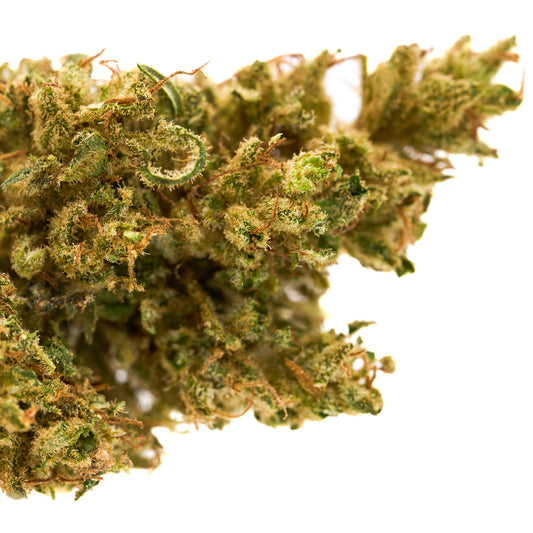
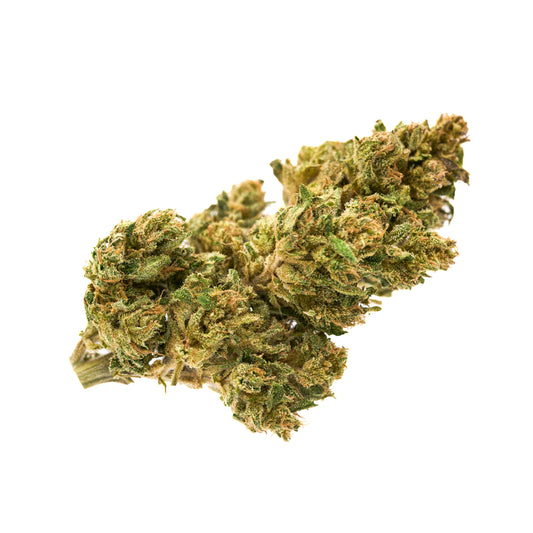
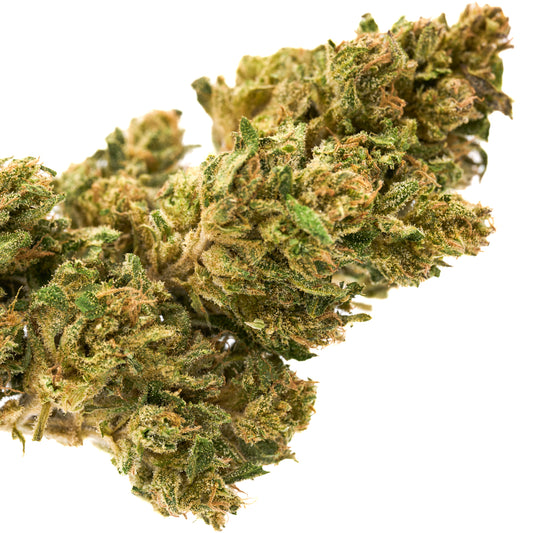



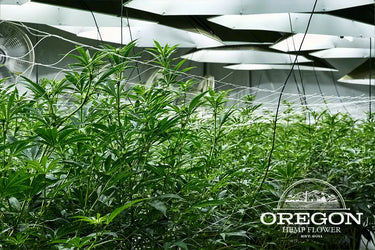

Leave a comment
Please note, comments need to be approved before they are published.